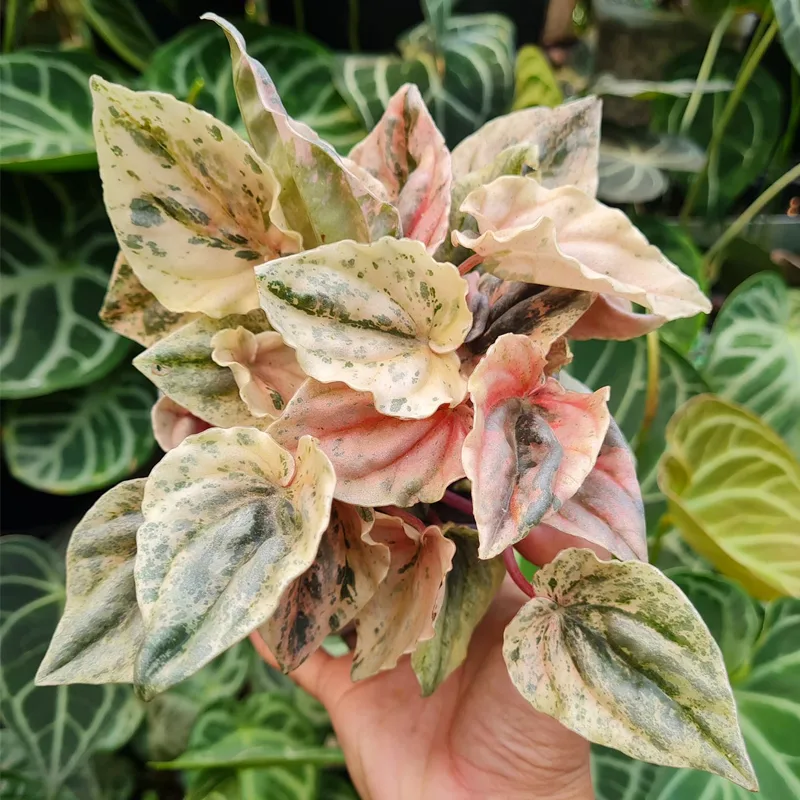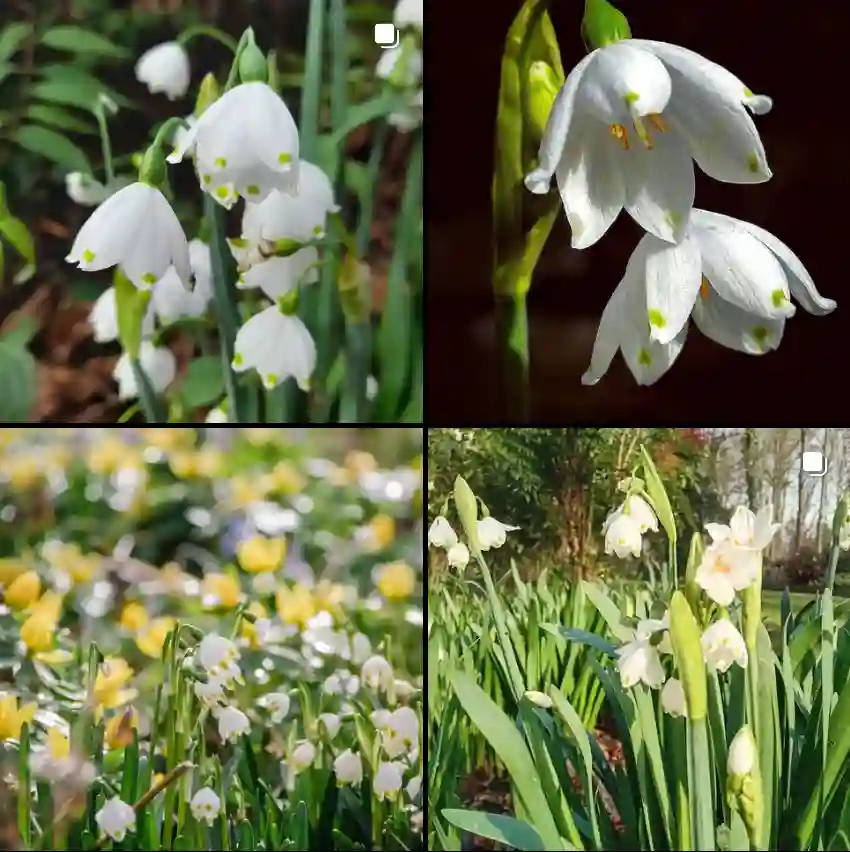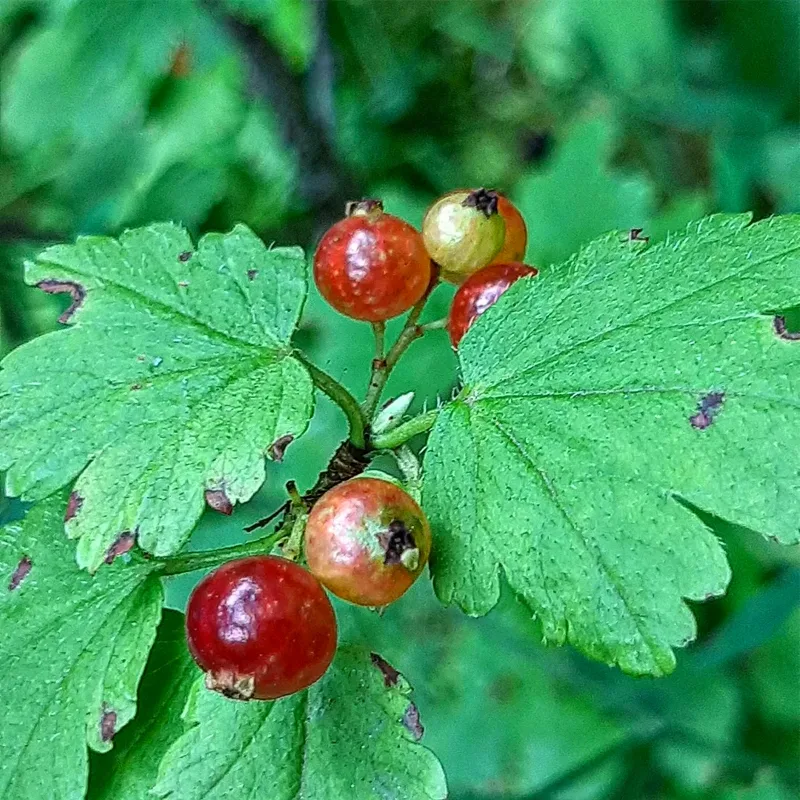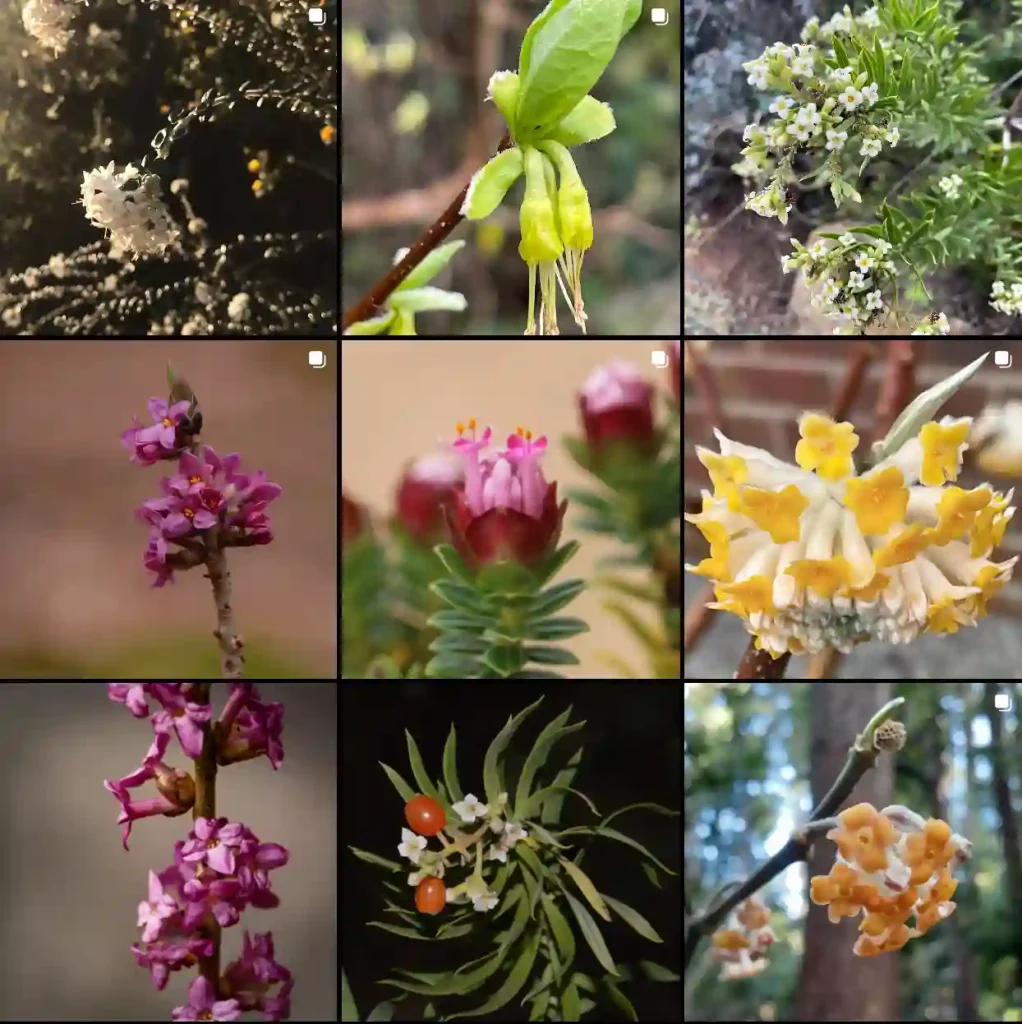The Allure of Myrtus: A Personal Exploration
My name is Ferb Vu, and I’ve always been drawn to the natural world. From the towering redwoods of California to the delicate orchids of Vietnam, the diversity of plant life has always fascinated me. Recently, my interest has been captured by a particular genus of plants known as Myrtus, commonly referred to as myrtle, belong to the Myrtaceae family. There’s something about its history, its symbolism, and its simple beauty that I find incredibly captivating.
A Genus Steeped in History
Myrtus has a long and rich history, entwined with human civilization for millennia. Ancient Greeks associated myrtle with love and immortality, using it in wedding ceremonies and to adorn the brows of heroes. In Roman culture, myrtle was dedicated to Venus, the goddess of love, and was believed to symbolize peace and happiness. This deep-rooted symbolism continues to resonate today, with myrtle often used in bridal bouquets and religious ceremonies.
Beyond its cultural significance, Myrtus has also been utilized for its practical properties. The leaves and berries of certain species contain essential oils with antiseptic and astringent qualities. These oils have been used traditionally in perfumes, cosmetics, and even as a culinary ingredient. The more I delve into the history of Myrtus, the more I appreciate its multifaceted nature.
Exploring the Diversity of Myrtus
While the name “myrtle” might conjure up a single image, the genus Myrtus actually encompasses a variety of species. Here are:
- Myrtus communis, commonly known as the common myrtle, is a fragrant evergreen shrub native to the Mediterranean region. This species has glossy, dark green leaves, star-like white or pink flowers, and produces blue-black berries. It’s known for its ornamental appeal, aromatic foliage, and its cultural significance as a symbol of love and purity in ancient mythology. Myrtus communis thrives in full sun and well-drained soil and is popular for its versatility, often being used in hedges, topiaries, and container gardening. In addition to its decorative use, myrtle essential oils are valued for their aromatic and potential medicinal properties. Plant FAQs: Myrtus Communis Compacta
- Myrtus nivellei, also called the Saharan or Tuareg myrtle, is a rare species adapted to the extreme desert conditions of the central Sahara, particularly in Algeria’s mountainous Hoggar region. This hardy plant is characterized by its compact size, smaller leaves, and ability to withstand intense heat and arid conditions, distinguishing it from its Mediterranean cousin. It has small, fragrant white flowers that attract native pollinators and produces small berries similar to those of Myrtus communis. Known for its resilience, Myrtus nivellei holds ecological importance in desert habitats, offering a crucial resource for wildlife and contributing to local biodiversity.
Each species possesses unique characteristics and adaptations that allow it to flourish in its specific environment. This diversity is a testament to the resilience and adaptability of Myrtus, qualities that I find truly admirable.
The Beauty of Simplicity
One of the aspects I find most appealing about Myrtus is its understated elegance. The simple, ovate leaves, the delicate flowers with their numerous stamens, and the dark, berry-like fruits all contribute to a sense of unassuming beauty. There’s no need for showy displays or vibrant colors; Myrtus captivates with its quiet charm.
This simplicity also translates to its cultivation. Myrtus plants are generally low-maintenance, requiring well-drained soil and plenty of sunshine to thrive. They can be grown as shrubs or small trees, making them versatile additions to gardens and landscapes. Whether used as a hedge, a specimen plant, or even in a container, Myrtus adds a touch of timeless elegance to any setting.
A Personal Connection
As I continue to learn about Myrtus, I find myself developing a deeper appreciation for this remarkable genus. Its historical significance, its diverse species, and its understated beauty all contribute to its allure. But beyond these qualities, I think it’s the sense of connection to the past and the natural world that truly resonates with me.
In a world that often feels chaotic and disconnected, Myrtus offers a sense of grounding and tranquility. It’s a reminder of the enduring power of nature and the beauty that can be found in simplicity. As I continue my exploration of Myrtus, I’m excited to see what further discoveries await. Perhaps I’ll even try my hand at cultivating a few species myself, bringing a touch of this ancient and captivating plant into my own life.
If i die, water my plants!



